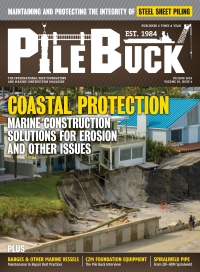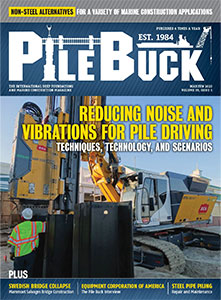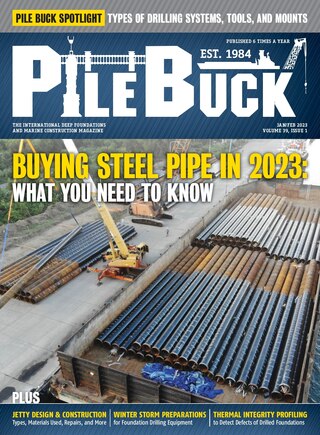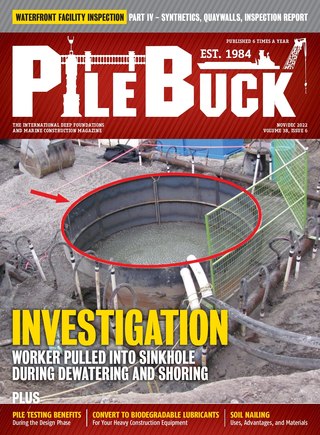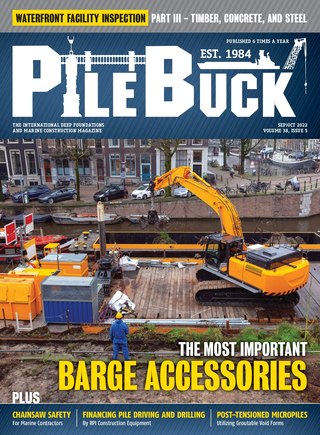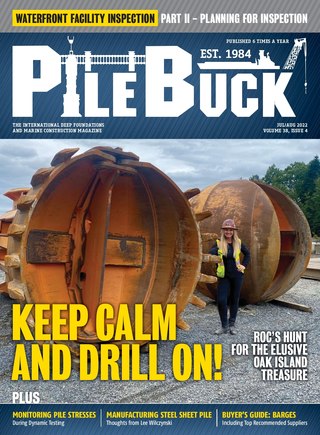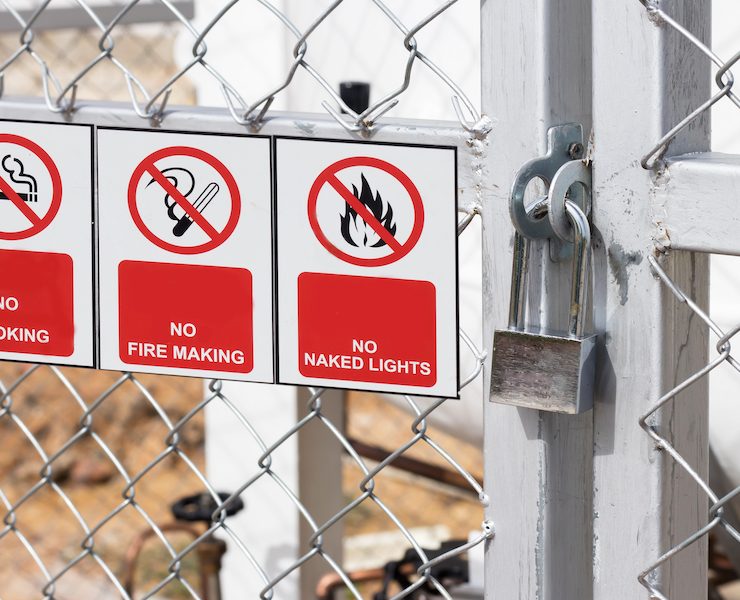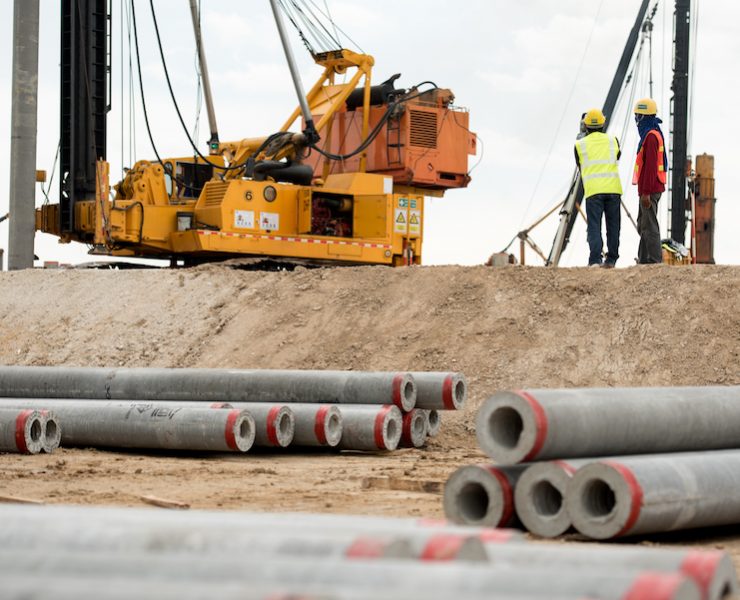Environmentally Acceptable Lubricants (EALs)
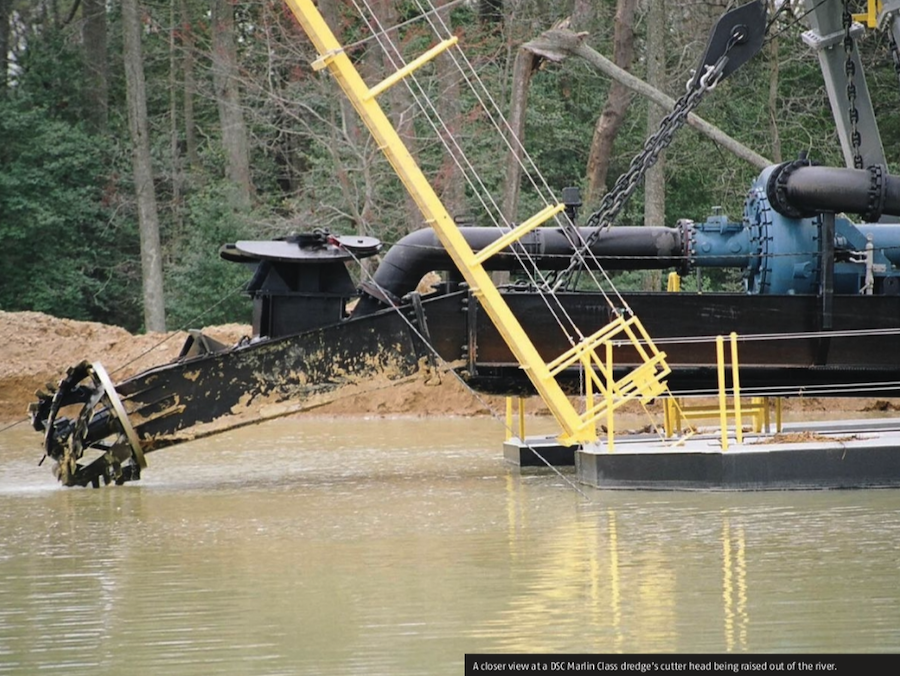

Choosing the right EAL type for your application
View the complete article here.
There is a wide range of performance levels among both readily biodegradable and petroleum-based lubricants. Customers have a wide array of options from lower performance lubricants to high end, high performing “fully synthetic” products. While care must be taken in choosing the appropriate product for the specific application, Environmentally Acceptable Lubricants (EALs) also offer the full range of performance. It’s important to know that some EALs provide higher performance results than some petroleum based or other readily biodegradable lubricants. Let’s take a look at the four types of EALs¾their performance advantages and disadvantages¾and clarify some misconceptions in the marketplace about EALs and why EALs should be considered for your lubricant application.
EAL Confusion in the Marketplace
There’s conflicting information in the marketplace about EALs. A lack of agreed upon definition is one contributing factor, as is lack of awareness of the four different types of EALs that are available. Inconsistent performance claims from manufacturers have also added to the confusion. Let’s clarify a few misunderstandings right from the start:
EALs Do EALs Don’t
*Perform equal to or better than petroleum lubricants *Eliminate spill occurrence
*Mitigate the discharge’s environmental impact *Eliminate the need to report a spill or
*Improve productivity, which leads to profitability discharge
*Eliminate the need to clean up a spill or
discharge
Legislative Background
According to the EPA, up to 16 million gallons of lubricants are discharged into waterways annually¾predominantly from stern tube leaks¾equating to 1.5 times the size of the Exxon Valdez spill.1 Other leak contributors include stabilizers, thrusters, rudders, propellers, Azipods, hydraulic systems and towing, notch interfaces. To reduce pollution in the U.S. territorial waters, in 2013 the US Environmental Protection Agency (EPA) amended the type of lubricating oil commercial vessels are permitted to use by introducing Vessel General Permit legislation.
Vessel General Permit (VGP)
Under the EPA’s 2013 Vessel General Permit (or VGP), all ships larger than 79 feet must use Environmentally Acceptable Lubricants in oil-to-sea interfaces when operating within the three nautical mile limit of the United States and in the Great Lakes unless technically infeasible. These regulations also include directives regarding vessel discharges such as oil, waste, water and runoff. The permit also requires any above water line hull cleaning or deck wash downs resulting in discharge to be conducted with ‘minimally toxic, phosphate-free and biodegradable cleaners and detergents.
Beyond Legislation
The EPA VGP requirements can be a useful roadmap for operating in or adjacent to aquatic or other sensitive environments. Use of EALs can reduce overall operating risk, enhance environmental responsibility profile of operators and choice of the right EAL can also enhance a company’s overall sustainability position.
EALs Defined
Environmentally Acceptable Lubricants are defined by the EPA as offering these three characteristics. First, they must be “biodegradable” as defined within the VGP¾biodegrading into carbon dioxide and water by ≥ 60% or more within 28 days (according to OECD 301B or ASTM D7373 methods). Next, they must be “minimally toxic,” causing only a light impact on the aquatic environment (LC50> 100mg/L for lubricants and LC50>1000mg/L). Lastly, they are “not bioaccumulative,” and must have a low propensity to bioaccumulate in organisms in accordance with the specific requirements set forth within the VGP definition of “not bioaccumulative”.
Additionally, the Clean Water Act of 1972 mentions discharges of oil should not exhibit any visible ‘sheen’ on the water’s surface. Otherwise it is considered a pollutant (according to CFR 40 Part 435 A).
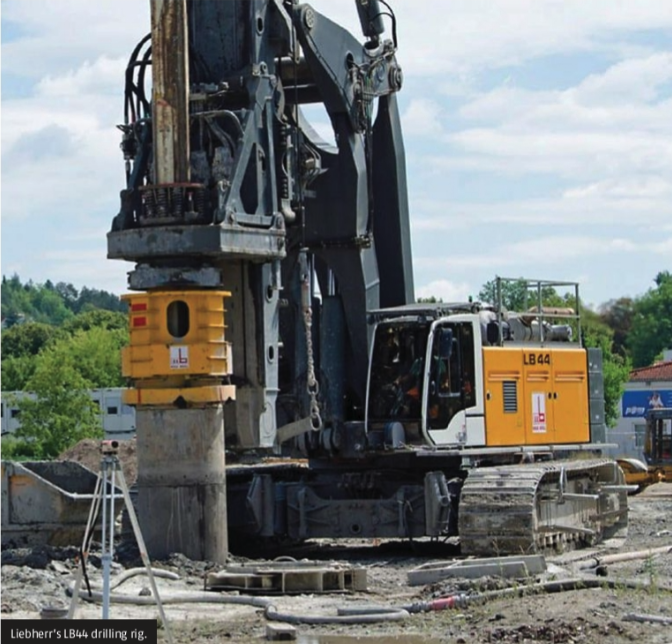
Where to Use EALs
EALs should be used in place of traditional petroleum lubricants in all marine applications where there is any oil-to-water interface. These applications include stern tubes, controllable pitch propellers, stabilizers, rudders, thrusters, Azipods, towing, notch interfaces, wire rope and mechanical equipment subject to immersion such as dredges and grabs.
With land applications, EALs should be utilized in areas where potential ground water contamination is of concern. Examples include construction equipment, utility fleets, waste collection fleets, haulers, turf machinery, dams and locks.
The Four EAL Types
The EPA recognizes four types of EALs:
- Vegetable Oils (HETG)
- Synthetic Esters (HEES)
- Polyalkylene Glycols (HEPG)
- Polyalphaolefins (PAOs) and related hydrocarbon products (HEPR)
Below is an overview of each EAL type, the advantages and disadvantages of each, plus a side-by-side comparison chart to help you find the most suitable EAL for your application.
Triglycerides (HETG)
Also referred to as Natural Esters, these lubricants are made of vegetable, rapeseed (Canola), sunflower, coconut, palm or soybean oil.
Advantages
- High viscosity index
- Very good wear properties
- Compatible with most seals and hoses
Disadvantages
- More susceptible to oxidation under high temperatures and pressures
- More prone to hydrolysis in the presence of water
- Shorter lifespan than other EAL types
Suitable Applications
- Typically recommended for use in a wide range of land-based applications with shortest scheduled change out intervals
Synthetic Esters (HEES)
Esters are synthesized by the reaction of an alcohol with an acid to form an ester. This reaction process allows for the flexibility to customize the type of ester used for each particular application.
Advantages
- Delivers high performance
- Good thermal and oxidation stability
- Readily separates from water
- Offers good corrosion prevention and hose compatibility
- Extended fluid life
Disadvantages
- Prone to hydrolysis in the presence of water
Suitable Applications
- Typically recommended for use in a wide range of both land and marine applications with scheduled change out intervals. For marine applications, saturated esters are commonly used as they are more stable than unsaturated esters but are still susceptible to hydrolysis of the ester functionality, leading to acid formation and viscosity loss. EALs based on saturated esters can often, but not always, last a full 5 year drydock cycle in service.
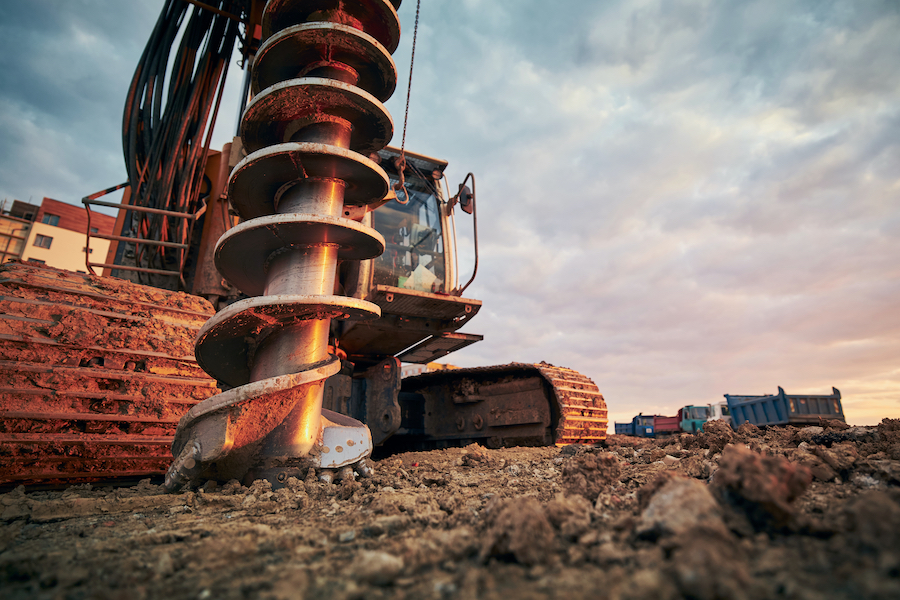
Polyalkylene Glycols (HEPG)
Made of synthetic, petroleum-based oil, HEPGs are created by the polymerization of ethylene or propylene oxide and contain hydroxyl groups that make them hydrophilic in nature.
Advantages
- Designed to be partially or fully water soluble; however, solubility may increase the toxicity
- Excellent high and low temperature viscosity performance
- Fire resistant properties
Disadvantages
- Compatibility challenges with seals, hoses, paints and varnishes
- Incompatible with mineral oils and other EALs
- Typically not derived from a renewable resource
Suitable Applications
- Typically recommended for use in a wide range of both land and marine applications with short to midrange change out intervals of up to 5 years.
Polyalphaolefins (PAOs) and related hydrocarbon products (HEPR)
Often referred to as classic mineral oil-based lubricants, HEPRs are synthesized hydrocarbons historically derived from crude oil meant to provide a low viscosity base oil that is readily biodegradable. However, more recently, HEPR type base stocks from renewable sources have been developed and are being offered by some manufacturers.
Advantages
- Exceptionally durable and offer extended wear protection
- Extended fluid life
- Broad temperature range performance
- Excellent thermal and hydrolytic stability
- Excellent seal compatibility
- Excellent water separation characteristics
- Good corrosion protection and oxidation stability
Disadvantages
- None, since the development of base oils from renewable sources.
Suitable Applications
- Typically recommended for use in a wide range of both land and marine applications with extended scheduled change out intervals of up to 10 years in some cases.
EALs Side-By-Side
Choosing the most suitable EAL depends on the end-user application. See the chart below for a quick side-by-side glance comparing features for all four EAL types and standard petroleum-based lubricant. (Please see glossary at end of paper for definitions of product features used in above table.)
View the complete article here.
What are Environmentally Acceptable Lubricants?
Environmentally acceptable lubricants (EALs) are defined as lubricants that perform equal or better than petroleum lubricants, mitigate discharge into the environment, efficient productivity, and eliminate clean-up for a spill.
Which are commonly used EALs (Environmentally Acceptable Lubricants) available in market?
The EPA recognizes four types of EALs to use. They are Vegetable Oils/Triglycerides (HETG), Synthetic Esters (HEES), Polyalkylene Glycols (HEPG), and Polyalphaolefins (PAOs).






